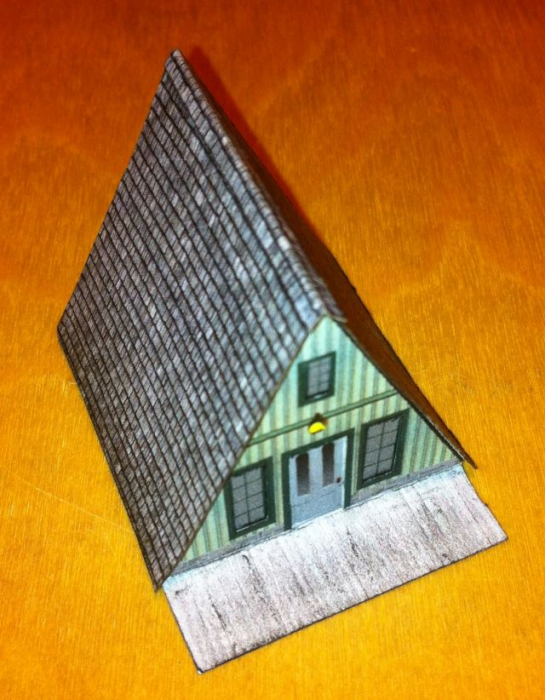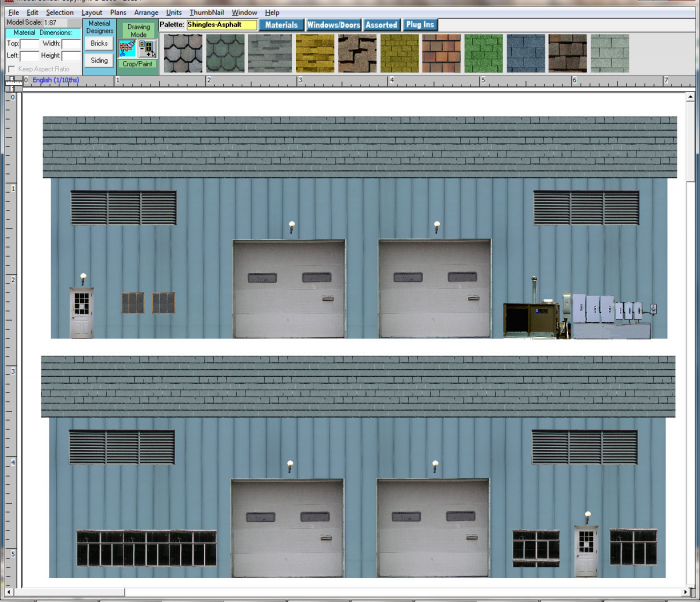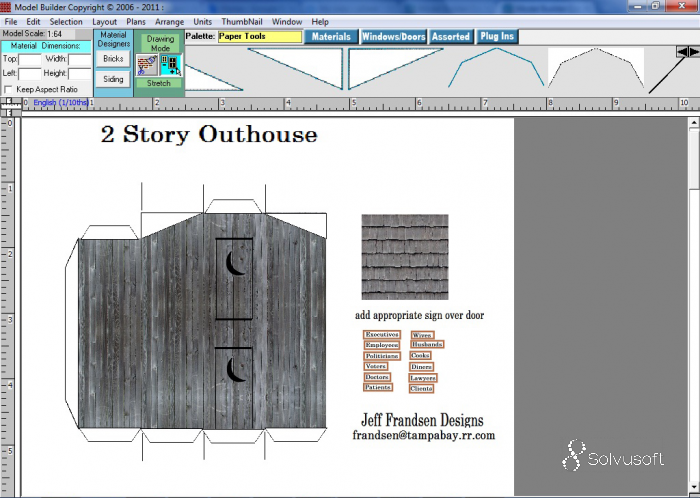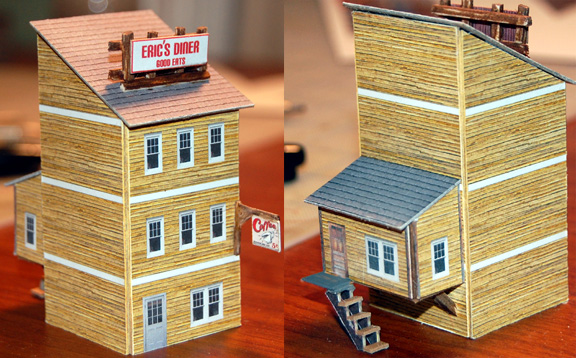
2010), and their presence, absence, and abundance are reflective of century- to millennium-scale climate regimes. Trees are long-lived, habitat-forming organisms (Thomsen et al. 2014), and plant–pollinator phenological mismatching (Hegland et al. 2003), climate–disturbance regimes (Rocca et al. Soil is just one example of many complex interactions the list includes interacting climate–pest species (Logan et al.

2018) factors in species distribution model studies seeking current and future tree species ranges tends to improve model accuracy in the face of uncertainties posed by climate change projections. 2013) or many (texture, drainage, chemical, cation exchange capability, and pH, e.g., Figueiredo et al. The inclusion of few (soil type and drainage, e.g., Chambers et al.
#Evan designs model builder drivers
Independently, abiotic factors of soil and climate are each multi-faceted drivers of species ranges however, these must also be understood with the third dimension of soil microbiota and soil–climate–biotic interactions (Lafleur et al. Bigelow and Canham ( 2015) provide evidence for this in ecotonal forest stands, in which interactions between stand composition, litterfall, and soil create niche space that appears to favor conspecific seedling establishment.ĭespite our understanding of the importance of biotic interactions in determining where species may establish, disentangling climatic and non-climatic effects along the gradients over which range edges typically occur is difficult. 2013) and can create legacy effects in the potentially invaded ecosystem, where the established community presents few remaining available niche spaces for invaders to occupy (Westman 1978, Pielou 1991). In particular, biotic interactions are important modifiers of climate-induced distributional shifts (Brooker et al. Yet, a climatological approach alone is not enough to understand how range expansion will proceed and does not elucidate the complexities with which species’ range shifts are, and will be, occurring (HilleRisLambers et al. For many species, the implications of climate change will mean uncolonized habitat patches beyond their current range edges may become environmentally suitable (Iverson and Prasad 2002, McKenney et al. Species’ range shifts are expected in response to changing climate regimes, but only insofar as their inherent biotic and abiotic limitations will allow (Lafleur et al. This work represents a rare glimpse at the challenges northern temperate tree species will face if they are to colonize the southern boreal forest and track changing climates as is broadly expected. Canopies with greater representation of deciduous species posed a significant barrier to small seeds that produce small seedlings, while the food-rich reward of the larger seeds made for attractive targets to granivorous vertebrates. The results of this experiment show a reproductive strategy-dependent emergence response large seeds and seedlings appear more vulnerable to predation, while small seeds are more vulnerable to smothering by leaf litter. To represent a range of temperate tree reproductive strategies, we examined two small-seeded tree species, Betula alleghaniensis and Thuja occidentalis, and two tree species with large seeds relative to typical boreal forest species, Acer saccharum and Fraxinus nigra. The effects of seed and seedling herbivory, substrate composition, microclimate, and canopy composition on seedling emergence of four northern temperate tree species were investigated in a beyond-range seeding experiment spanning the southern portion of the island of Newfoundland, Canada.

While the impact of non-climatic factors on the location of the BTE has been investigated within the ecotone, few studies focus on how these same factors are shaping the colonization of the southern boreal forest by northern temperate tree species as part of a potential northward shift of the BTE.

The BTE exists as a broad latitudinal swath between the boreal and temperate forest biomes in the eastern half of North America.

These factors have often been cited as important variables in determining the locations of biome overlap, including the boreal forest–temperate forest ecotone (BTE). The distribution of plants at the scale of continents broadly conforms to the climatological regimes at play however, in scaling down to the regional and landscape context, the influence of climate becomes confounded by complex and interacting biotic and abiotic factors. Changing climatic regimes are causing increasing temperatures, changing precipitation patterns, and are subsequently expected to impact the spatial distribution of species.


 0 kommentar(er)
0 kommentar(er)
